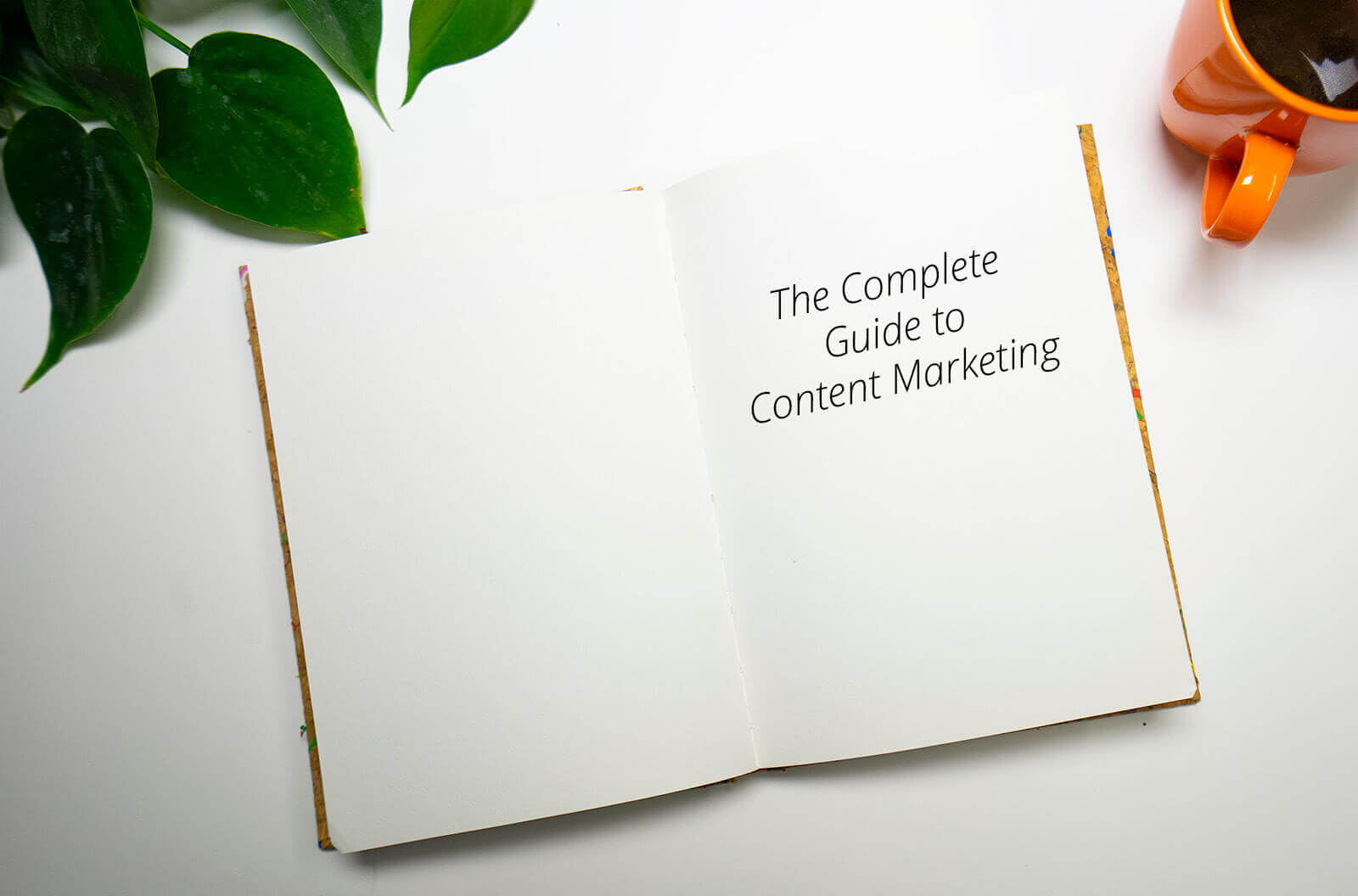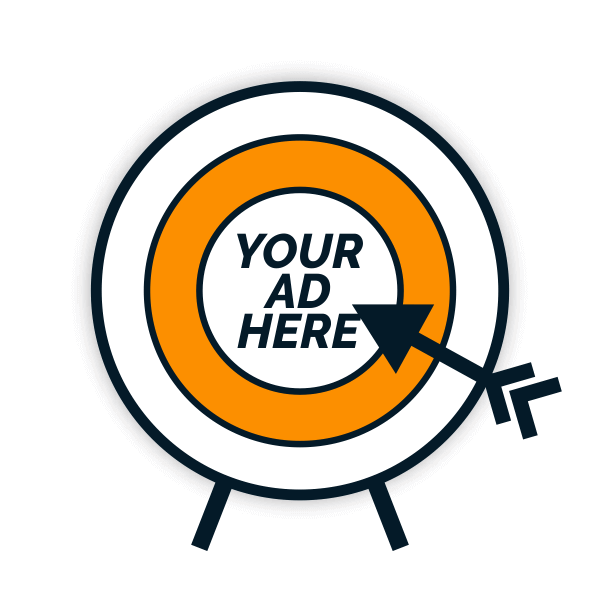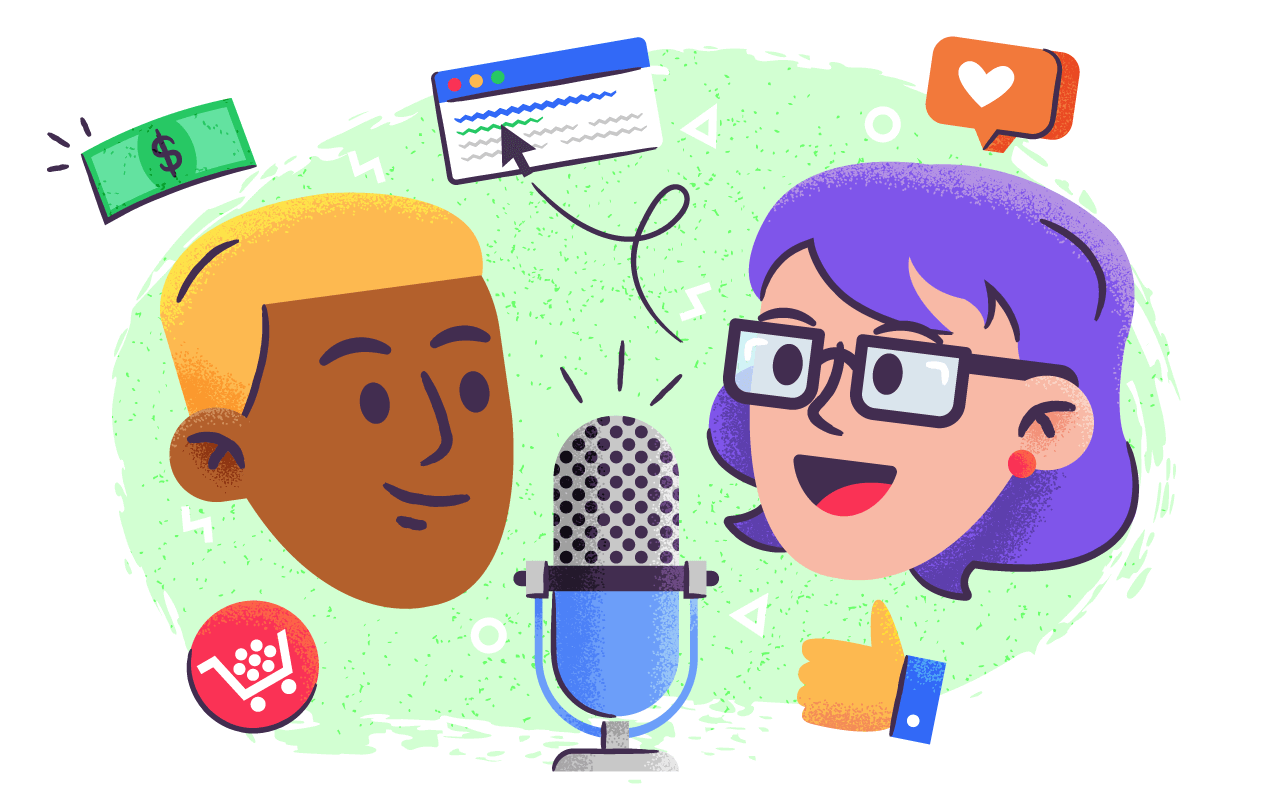
Complete Guide to Content Marketing
14 min readWhat Is Content Marketing?
Content marketing is one of the best ways for companies to make themselves visible and relevant to customers online. The Content Marketing Institute describes content marketing as:
“a strategic marketing approach focused on creating and distributing valuable, relevant, and consistent content to attract and retain a clearly defined audience — and, ultimately, to drive profitable customer action.”
Creating value is absolutely essential to content marketing so that your audience seeks out your content and actually wants to consume it — not avoid it. Without value, the description above could describe just about any type of advertising.
Content marketing is at the core of most modern marketing strategies; in fact, most forms of marketing are impossible without quality content. For example:

Search engine optimization (SEO): Google and other search engines reward businesses that consistently publish quality content.

Social media marketing: Most social media marketing is used to promote a business’s content to its target audience, so social media strategy revolves around content marketing strategy.

Pay-per-click (PPC) marketing: Great content is necessary for PPC to work.
Types of Content Marketing
Content is useful information that takes many forms, including written words, photos, videos, infographics, and more.
Website Content
Producing ample information on your website is the first step in content marketing. It is the primary tool to ensure that your site is properly indexed by search engines, meaning that it not only increases your rank for keywords that relate to you, but it also provides people with what they’re looking for in the first place: information about your services.
[Related: Why Content-First Is So Important in Web Design for Businesses]
Blog Posts
Blog posts are necessary both to present your site as an active industry resource and to address particular issues that continually arise in your industry.
A well-written blog post should be an answer to a common question that arises from your clients, be over 300 words, and provide links to back up your statements. Blogging is one of the most common forms of content marketing and drives over 50% of new traffic to active websites. In a content marketing strategy, blogging is key.

[Related: Why Blogging Is Essential to Your Business]
Listicles
The most common blog post structure is one that has the bulk of its content in a bulleted or numbered list. And there’s a good reason for this, particularly for good marketing and easy-to-read content.
Posts with titles that start with phrases such as “Top Five Ways…” or “Seven Things You Didn’t Know About…” do really well for the optimal number of times they are read, engaged with, and shared. Just look at how well BuzzFeed does with these kinds of posts!
Listicles also tend to be image-heavy, especially when addressing topics such as fashion, retail, food/recipes, or personality/style.
For example, we produce a lot of image-heavy listicles on hair tips for our client Pinup Salon, such as “Six Cute Styles to Keep Your Hair Back This Summer.” Including images for each hairstyle gives readers a visual and creates a sort of look book of styles for them to choose from.
YouTube Marketing
YouTube marketing is one of the most rapidly growing and effective forms of content marketing, helping businesses to increase revenue, website traffic, engagement, and brand awareness.
For more technical questions, people are turning to YouTube to get the information they need. When a local company goes to the trouble to provide personal and well-produced answers to everyday questions, they become a trustworthy resource to everyone who views them.

>> Check out our videography services.
Infographics
Infographics — which merge content with a visual — are one of the most viral forms of content marketing. While we all became familiar with simple printed formats of these informative and illustrative images in our grade school textbooks, their distribution has skyrocketed in recent years.
This increased popularity is due to the nature of the way people consume information online. The average attention span of an online reader is very short, so providing a simple, effective, and entertaining way to consume information in a short amount of time is essential. If a company can produce an infographic that is relevant to a wide number of people, it will serve as a residual form of marketing for years to come.
>> Check out our infographic design projects.
Podcasts
While their namesake, the iPod, has all but gone the way of the dodo bird, the podcast format is still extremely viable today. Podcasts are subscribed to and distributed by hundreds and thousands of networks. While not as valuable for search engine optimization, a regularly produced podcast is a strong way to communicate on a regular basis with a loyal crowd.
White Papers
White papers are a form of content marketing that is mostly used in business-to-business (B2B) sales strategies. They include highly useful information that is normally more technical and might be something found in a trade journal or instruction manual. Typically, a white paper is produced by an expert in the field as a form of free consultation.
>> Check out our graphic design services.
E-books
If information is too long to be a blog post and more expansive than a white paper, you might consider publishing it in the form of an e-book. E-books are typically used to communicate a company’s overarching story philosophy in 45 minutes or more.

An e-book should always offer the reader important and permanent value. This value generally comes in the form of a new perspective on a problem they may or may not have known they have, so they are better equipped and educated to make a purchasing decision or change in direction.
Content Distribution Channels

Search Engines
Search engines are the primary mode of distribution of content marketing.
The primary purpose of that content is to increase the total viability of your company. Think of it like real estate: The larger the real estate you own, the more likely people are to see your business. For this reason, you should make it a priority to optimize your content using descriptions, titles, keywords, and categories and to submit it to the proper directories (YouTube, Ask.com, and so on).
[Related: Keep Optimizing Your Search Engine Optimization]

Advertising
While advertising doesn’t provide a high return on investment (ROI) for every form of content, it is useful for mediums such as white papers, podcasts, and e-books, where people are willing to exchange something (typically their contact information) in return for that content. The cost of converting that person who was “just browsing” into a viable lead is a relatively low threshold and is oftentimes far less expensive than most forms of lead generation. Therefore, many companies advertise their higher-level forms of online content.

RSS Feeds
When you set up your blog, you want to make sure that it’s seen by much more than just search engines when they happen to crawl your website. A great way to do this is through RSS aggregators that can categorize and distribute your content to sites all over the internet. Every day, people and journalists use these aggregators to sift through and find information relevant to them.

Social Media
Social media is central to any content marketing strategy. It has the means not only to broadcast content to communities of people, but also to interact with the people who consume that information.
Your choice of social network should depend on the kind of content you are producing. While Twitter is great for sharing blog posts with catchy titles, Pinterest might be preferred for an infographic or a story with a great visual lead-in.
Whatever network you choose, make sure that the content is tied back to your business with a link, hashtag, watermark, or embed code.
[Related: Why Small Businesses Should be on Social Media]

Email Marketing
Email marketing still remains one of the best ways to stay top-of-mind with your existing clients or followers.
While many people miss information that is posted on your social network even if they follow your businesses, email has a much higher chance of being seen. The best form of email marketing is consistent and links to information relevant to its readers.
[Related: Guide to Email Marketing]
How Content Marketing Helps Your Business


Attract Search Engines
Search engines reward websites that publish quality content on a consistent basis by ranking them higher in search results. Be sure to blog regularly — sometime between once a week and once a month.
While you’ll want to decide on keywords to intentionally include in your blogs, blogging will naturally help you rank for longer, more arcane keywords as well — just because you happen to include them in your content. These long-tail keywords encourage Google to rank you as an authority in your industry.

Increase Brand Awareness
Relevant and interesting content that is shared over social media and optimized for search engines will naturally attract the interest of both current and potential customers. This is an excellent way to get people’s attention and educate them about your business while also providing a helpful resource, especially for local small businesses who otherwise rely on their storefront alone to attract new customers.

Grow Your Following
If a reader likes your content, they will likely want more and follow your blog or social media profile naturally. This entirely voluntary following is an exchange where the consumer is identifying themselves for you as a potential client or customer. This is organic social growth, and is only fueled by content marketing.
Exchanges of information do not always have to be passive or voluntarily. In fact, businesses often require an exchange of information for access to content, usually for white papers but oftentimes for e-books and podcasts as well. Simple plugins are great ways to implement mandatory exchanges for content.

Get Shares and Referrals
Let’s face it, referrals are not only normally one of the largest forms of all new business sales, they are also one of the best, whether that be for an insurance provider or a restaurant.
When your clients engage with and enjoy your content, they’ll likely share it with their friends and family, especially if you’ve posted that content on social media and it’s share-ready. Every share is like a built-in referral, making it easier than ever for your clients to spread the word about your business.
How Content Marketing Increased Hollingsworth’s Organic Website Traffic by 500%
Read about how our content marketing strategies have increased Hollingsworth’s website traffic and positioned their company as a leading voice in their industry.
Tips on Producing Content

Blog Regularly
The minimum any small business should be blogging is once a month. Try to publish your content around the same time every month (or week) so that your audience knows when to expect it.
Of course, you shouldn’t be publishing content just for the sake of adhering to your schedule, and quality is better than quantity. Your content should always be relevant and useful for your audience. Think about the kinds of questions you get from customers as a starting point.
Add Video
You don’t need a ton of equipment to create videos for your business — a smartphone will do. With basic video editing software, you can even add your business’s logo to the beginning and end of the video to make it look more professional.
Make sure you add a good 200-word description of your video when you upload it to YouTube so that it can be found easier; then embed it on your website or in a blog post.
[Related: 11 Cool Videos We Made for Seattle Restaurants]
Share Share Share
Share everything you publish on various social networks. If your content is time-sensitive, such as an announcement about an upcoming event or a piece related to a holiday, be sure to publish it far enough in advance.
Evergreen content — content that is always relevant, regardless of the time of year — can be shared multiple times. Decide how often you want to share it and then set yourself a reminder or recurring task so that you don’t forget.
In Need of Content Marketing?
Not all businesses have the time, desire, or expertise to perform their own content marketing. If this is the case for you, schedule a free consultation with a Marketeering Group strategist to discuss how our content marketing services can help you achieve your business goals.











